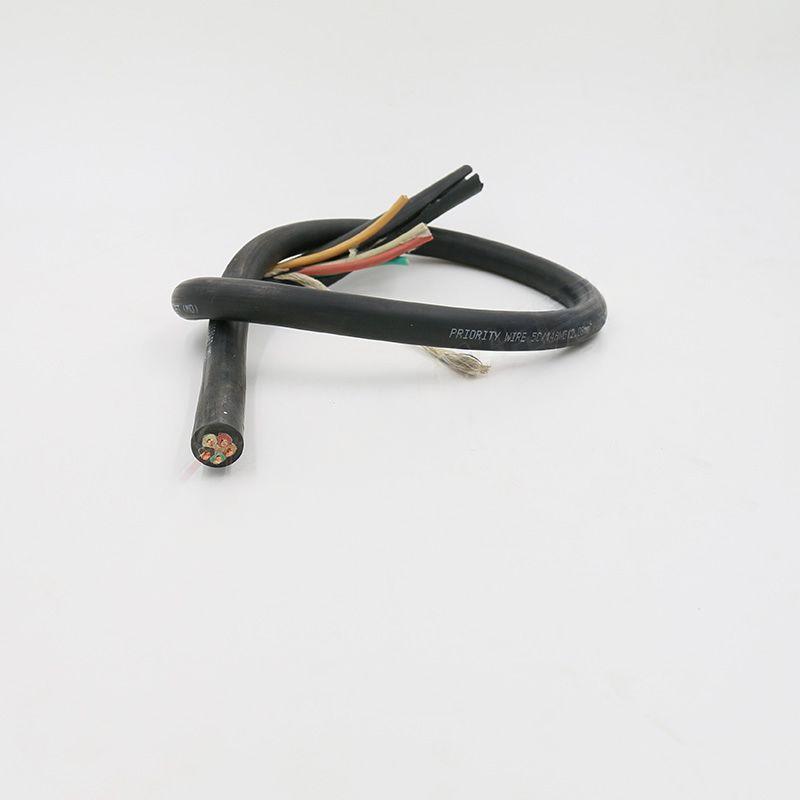Dec . 05, 2024 21:12 Back to list
Flexible Flange Connectors for Rubber Joint Applications in Various Industries
Understanding Rubber Joint Flanges A Comprehensive Overview
Rubber joint flanges are essential components used in various piping systems across multiple industries. They play a critical role in providing flexibility, vibration absorption, and a reliable sealing solution, thus mitigating the potential for leaks and damage within pipelines.
What are Rubber Joint Flanges?
Rubber joint flanges, also known as flexible rubber flanges or rubber expansion joints, consist of a rubber body attached to metal flanges at both ends. The rubber material allows for movement and adjustments, accommodating thermal expansion, contraction, and vibration that occur during operation. This flexibility is vital, especially in systems where pressure changes frequently or where heavy machinery generates vibrations.
Applications
These flanges find their application in numerous sectors, including
1. Water and Wastewater Management In municipal water systems, rubber joint flanges help connect different sections of pipes while allowing for movement due to shifting ground or thermal changes.
2. HVAC Systems In heating, ventilation, and air conditioning systems, these flanges manage vibrations from pumps and compressors, ensuring smooth operation and longevity of the equipment.
3. Industrial Processes Many manufacturing processes require the transportation of fluids under varying temperatures and pressures. Rubber joint flanges accommodate these changes and provide a reliable solution for connecting sections of piping.
4. Marine and Offshore Applications The maritime industry utilizes rubber joint flanges for their ability to withstand corrosive environments while providing flexibility for ship movements and wave action.
Advantages of Rubber Joint Flanges
1. Flexibility One of the most significant advantages of rubber joint flanges is their flexibility. They can absorb shock and reduce stress on the piping system, extending the life of the infrastructure.
rubber joint flange

2. Vibration Dampening As machines operate, vibrations can cause wear and tear on pipes and joints. Rubber joint flanges effectively dampen these vibrations, reducing noise and potential damage.
3. Corrosion Resistance The rubber material is often resistant to various chemicals and is less susceptible to corrosion compared to metal fittings, making it ideal for diverse applications.
4. Easy Installation Rubber joint flanges are typically lighter than traditional metal flanges, making installation easier and less labor-intensive. They can be fitted without requiring special tools, which streamlines the process.
5. Cost-Effectiveness While rubber joint flanges may have a higher upfront cost than some metal options, their durability and the reduction in maintenance and repair costs often make them a more economical choice in the long run.
Choosing the Right Rubber Joint Flange
When selecting a rubber joint flange, it is crucial to consider several factors
1. Material Compatibility Ensure that the rubber material is compatible with the fluids and chemicals it will contact. Different rubbers have varying resistance to chemicals, heat, and pressure.
2. Size and Pressure Rating Assess the size requirements for your piping system and choose a flange that can handle the expected pressure and flow rates.
3. Temperature Range Evaluate the temperature conditions of your application, as some rubber compounds are better suited for high-temperature environments than others.
4. Certification and Standards Look for products that meet relevant industry standards and certifications to ensure reliability and performance.
Conclusion
Rubber joint flanges are vital components that enhance the performance and longevity of piping systems in various industries. Their ability to provide flexibility, absorb vibrations, resist corrosion, and ease installation makes them an excellent choice for engineers and contractors. By understanding their benefits and applications, professionals can make informed decisions on integrating rubber joint flanges into their projects, ultimately leading to more efficient and reliable systems.
Share
-
Reliable Wafer Type Butterfly Valves for Every IndustryNewsJul.25,2025
-
Reliable Flow Control Begins with the Right Ball Check ValveNewsJul.25,2025
-
Precision Flow Control Starts with Quality ValvesNewsJul.25,2025
-
Industrial Flow Control ReliabilityNewsJul.25,2025
-
Engineered for Efficiency Gate Valves That Power Industrial PerformanceNewsJul.25,2025
-
Empowering Infrastructure Through Quality ManufacturingNewsJul.25,2025


